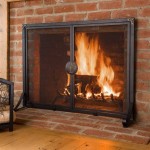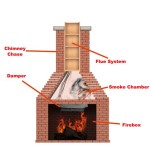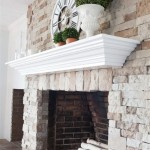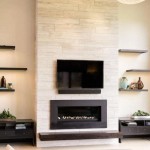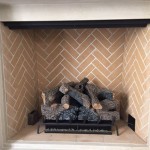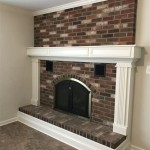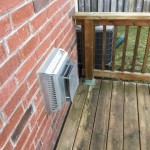How To Safely Use A Wood Burning Fireplace Insert in a Basement
A wood-burning fireplace insert can provide warmth and ambiance to a basement, but it's essential to use it safely. Basements often present unique challenges for fireplace installation and operation due to their enclosed nature and potential for moisture accumulation. This article outlines key considerations for safe and responsible use of a wood-burning fireplace insert in a basement environment.
1. Installation and Ventilation
Proper installation is paramount for safe operation. Here's what to keep in mind:
- Professional Installation: Always engage a qualified and experienced chimney sweep and installer for the installation of your fireplace insert. They will ensure it's properly sized, sealed, and connected to the existing chimney.
- Chimney Inspection and Cleaning: Before using the insert, have the chimney professionally inspected and cleaned. Any blockages, cracks, or deterioration should be addressed before lighting a fire.
- Proper Ventilation: Adequate ventilation is critical for safe operation. The insert needs a constant supply of fresh air for combustion and to remove smoke and gases. Ensure your basement has proper ventilation, including a dedicated air intake for the fireplace. This may require installing a vent or opening a window during operation.
- Fire Stops: When installing the insert, fire stops should be installed in the surrounding walls to prevent the spread of fire. These act as barriers to slow or prevent the spread of flames.
- Fireplace Damper: Ensure the fireplace damper is functional and can be fully closed when not in use. A closed damper prevents drafts, cold air from entering the house, and prevents animals or debris from entering the chimney.
2. Safe Operating Practices
Once installed, follow these practices for safe operation:
- Dry, Seasoned Wood: Use only dry, seasoned hardwood. Green wood or softwood produces excessive smoke and creosote, which can build up in the chimney and lead to a dangerous chimney fire.
- Start Small Fires: Begin with small, controlled fires and gradually increase their size as the chimney warms up.
- Never Leave a Fire Unattended: Always supervise a fire, and never leave it unattended, especially when children or pets are present.
- Use Fire-Resistant Materials: Keep combustible materials, such as furniture, rugs, and curtains, well away from the fireplace. Use a fire screen or heat shield to prevent sparks or embers from escaping.
- Proper Tools: Maintain a fire extinguisher readily accessible in case of an emergency. Use a fireplace tool set to manage the fire, including a poker, tongs, and shovel.
- Smoke Alarm: Install a working smoke alarm on every level of your basement and test them regularly.
- Carbon Monoxide Alarm: Ensure a functioning carbon monoxide detector is installed in the basement. Carbon monoxide is a colorless, odorless gas produced by burning fuel.
3. Maintaining Your Fireplace Insert
Regular maintenance is crucial for extending the life of your insert and preventing potential problems:
- Chimney Cleaning: Have the chimney professionally cleaned at least annually, or more often if you use the fireplace frequently. This removes creosote buildup, a flammable substance that can cause chimney fires.
- Inspect the Insert: Regularly check the insert for cracks, leaks, or other damage. If you find any issues, contact a qualified professional immediately.
- Burn Safely: Follow the manufacturer's instructions for operating the insert. Avoid overloading the firebox, and don't burn materials not intended for the fireplace, such as trash or treated wood.
By following these guidelines, you can ensure a safe and enjoyable experience with your wood-burning fireplace insert in your basement. Remember that safety should always be a priority when using any type of fire.

The Four Most Common Problems With Basement Fireplaces

What Are The Common Problems Of Having A Basement Fireplace

How Fireplace Inserts Work We Love Fire

Options To Keep Your Basement Warm All Winter Cressy Door Fireplace

Moving Hot Air How To Heat Your House Using Fireplace

Fireplace Insert Installation Wood Burning Inserts

Fireplace Insert Guide Fireplaces Direct Learning Center

The Best Wood Burning Fireplace Inserts Or Stoves Ecohome

Will A Fireplace Heat Basements We Love Fire

Fireplaces Stoves And Inserts Which One To Choose


